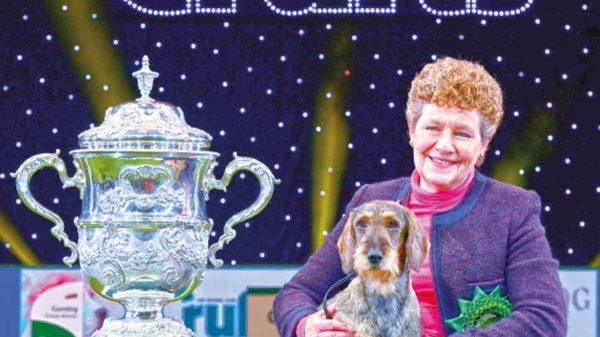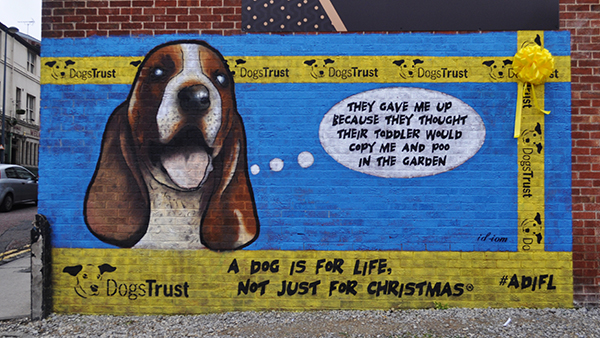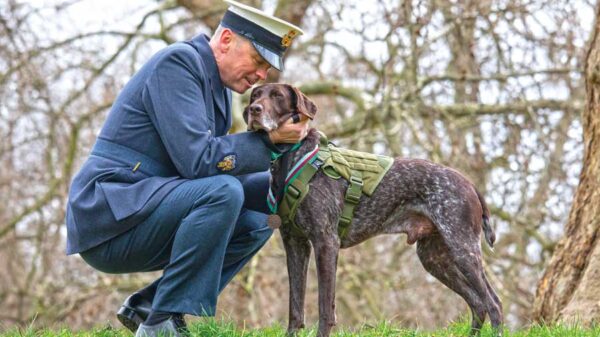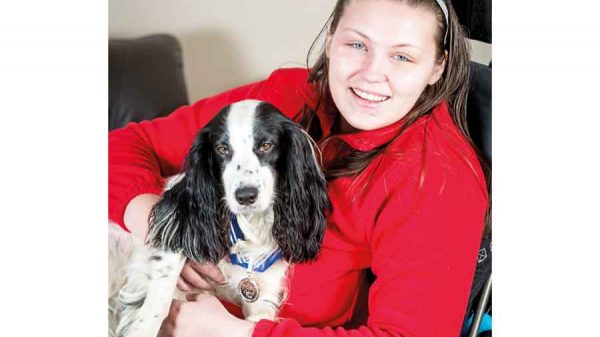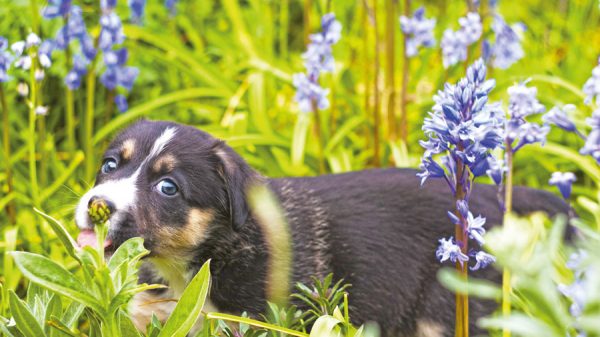HISTORY: Named after the historical area of Dalmatia, a region of Croatia on the eastern coast of the Adriatic sea, the exact origin of this ancient breed is unknown. Distinctive spotted dogs were often found travelling across Europe with bands of Romanies, and yet paintings of the dogs have been found in Africa and in tombs from ancient Egypt.
The Dalmatian has a protective and calming effect on horses and in Victorian England was used to run alongside carriages to protect passengers and horses from thieves, and became known as the Carriage dog. In the United States the fire service would have Dalmatians to guard the fire stations and protect apparatus and expensive powerful horses from being stolen. When the alarm sounded the brave Dalmatians would run in front of the horse-drawn fire rescue teams to clear a path to guide firefighters to the scene of the fire. Horses were afraid of fire, so the Dalmatian would help comfort them as well as guarding the equipment whilst firefighters entered the burning buildings. The Dalmatian remains a mascot for the Fire Service, and in New York city a Dalmatian still lives in the premises of the Fire Department, and travels with the crew in the modern fire engines, and continues to be a guard dog and keep the fire depot free from rats and mice.
HEIGHT: Males 58-61cms (23-24 inches) Females 56-58cms (22-23 inches)
WEIGHT: Males 25-30Kg (45-60 pounds) Females 20-27Kg (48-55 pounds)
LIFESPAN: 12-14 years
CLASS: Utility
HEALTH: Prone to genetic deafness, puppies should be tested at 6 weeks of age. Can suffer with Hip Dysplasia and skin allergies. Can develop urinary stones as uric acid levels in Dalmatians are generally higher than in other breeds. A reputable breeder will produce independent certification that the parents and grandparents have been screened for common health defects.
COAT: A short dense coat which sheds heavily throughout the year. Perhaps the most recognisable dog in the world with a sleek white coat and distinctive round spots of jet black or brown. The Dalmatian is born white, and starts to develop spots after 2-3 weeks.
TEMPERAMENT: Intelligent, friendly and loyal, can be a little aloof with strangers. A quiet, brave and protective guard dog. A strong hardy dog, highly energetic and needs lots of exercise with active owners, would be exhausting for most people. A young Dalmatian requires a pack leader with firm leadership and a great deal of human companionship. Will respond to consistent reward-based training, otherwise may become hard to manage. Makes a great companion dog.
Viewpoint of dogs owner, Sean.
Sean became interested in the breed about 20 years ago when a friend bought a Dalmatian. Known for it’s endless energy, strength and endurance the sporty Dalmatian was the perfect dog to go running with. To prevent damage to young limbs, puppies should not be over-exercised, the recommendation from breeders is 5 minutes daily for every month of your dog’s age, for example a puppy aged 6 months needs 30 minutes per day, an adult Dalmatian requires a minimum of 2 hours daily, half of which should be running free off-lead. Sean’s dog Jack is a typical Dalmatian with a happy cheeky personality, and will steal food when nobody is looking! Still a young dog just 20 months of age, Jack is restricted to shorter runs with his owner, Jack enjoys sharing countryside walks with best friend Rockie (an adorable gentle giant of mixed breeds).
Many years ago, Sean’s first Dalmatians were Dylan and Taya, and from the age of 6 months were entered in local and national dog shows which was a good way of socialising young dogs. National dog shows would involve an early start and long journeys, on arrival dog and owner would wait several hours for a few minutes in the show ring in front of the judges. Taya did not like being a show dog, unlike Dylan who enjoyed the experience and competed twice at the world’s biggest dog show Crufts. Dylan stopped competing after he grew too tall for the breed standard. As fully matured adults, both Dylan and Taya would accompany their owner running 3 times a week, which they loved.
Whilst visiting dog shows, owner Sean became involved in the work of the North of England Dalmatian Welfare Service, which help owners find new homes for Dalmatians. As a representative of the Welfare Service, Sean would visit a dog to carry out an assessment in order to match up the dog with prospective new owners.
After the huge success of the Disney film 101 Dalmatians the breed became very popular and Dalmatian puppies were in great demand leading to disreputable breeders selling badly-bred puppies to an unsuspecting public. The legacy of the Disney cartoon story has left the Dalmatian breed with a romantic fairy-tale image, when out with his Dalmatians, Sean has been approached by strangers and excited children who see them as harmless toys and grab at the dogs without warning, this is unfair on a dog, and parents are reminded a Dalmatian is like any other breed of dog and must be approached with caution and always check with the owner first before touching.
Finally, if you are able to give the Dalmatian the time and active lifestyle it needs, you will be rewarded with a very happy and loving companion for life..
